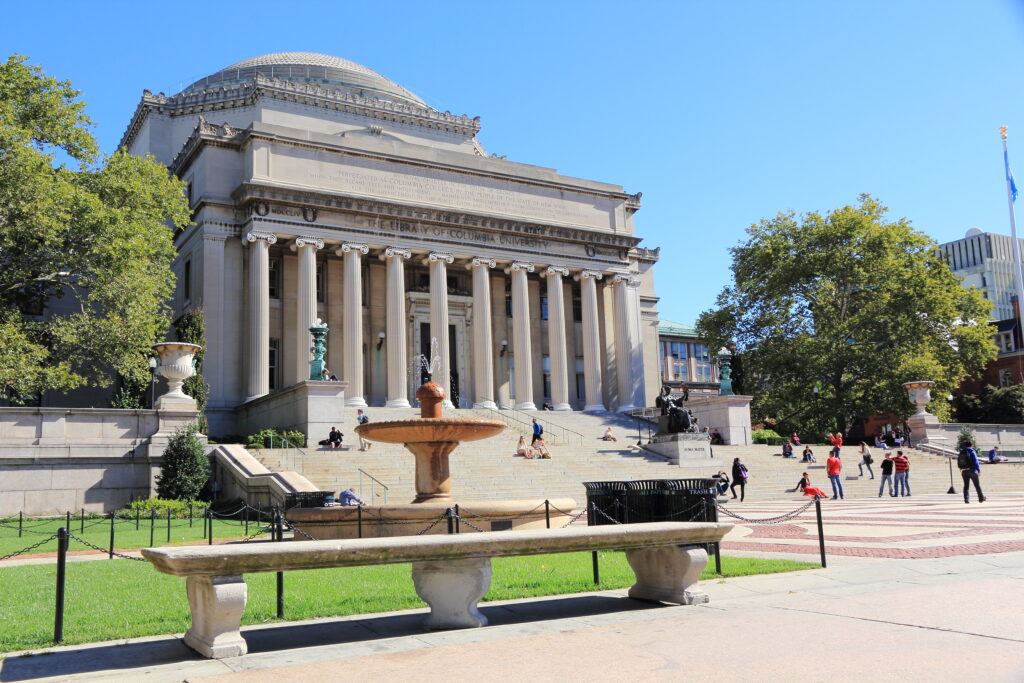Columbia University begins reforms after federal pressure, months of activism
March 27, 2025
By Tim Worstall
Columbia University is beginning to change course—after allowing antisemitism to fester on its campus, the institution is now implementing concrete reforms, following months of pressure from activists and a direct threat from the U.S. Department of Education to withhold $400 million in federal funding.
Activists, including Accuracy in Media, have long called for accountability at Columbia. Following a wave of antisemitic incidents on campus and sustained national scrutiny, University President Minouche Shafik resigned, joining former Harvard President Claudine Gay in stepping down under similar pressure.
While some of the activism surrounding Gay’s departure included moments of satire—such as offers to assist with her move—the work at Columbia was anything but performative. Accuracy in Media returned to the campus repeatedly, highlighting antisemitic rhetoric, documenting the harassment of Jewish students, and demanding action.
Federal officials responded. In announcing its review of Columbia’s federal funding, the Department of Education stated:
“The actions that Columbia have announced will have an immediate effect on combating anti-Semitism, holding those responsible for the harassment of Jewish students accountable, and reorienting Columbia to its academic mission.”
The university has now agreed to nine specific reforms, including a review of admissions policies, enforcement of rules against disruptive protests, and disciplinary measures for those who violated campus policies or the rights of other students.
This sequence of events reflects how activism, accountability, and pressure from financial stakeholders can drive real institutional change. Activists played the role of spotters, identifying problems and calling in the “artillery”—in this case, federal funding authorities—to demand reform.
But the work is not over. As Accuracy in Media has seen in other arenas, such as public school districts, institutions often change language rather than behavior. Bans on Critical Race Theory result in rebranded curriculum under new terms. Policies on gender and sports participation are bypassed through administrative maneuvering.
Lasting change requires a sustained, multi-step process: first, expose the problem; then, bring in those with the authority to act; and finally, remain vigilant to ensure that reform is real and not just rhetorical.
Columbia’s response shows that this model works. With continued oversight and persistence, even long-standing institutions can be held accountable—and the result is a safer, fairer environment for all students.
